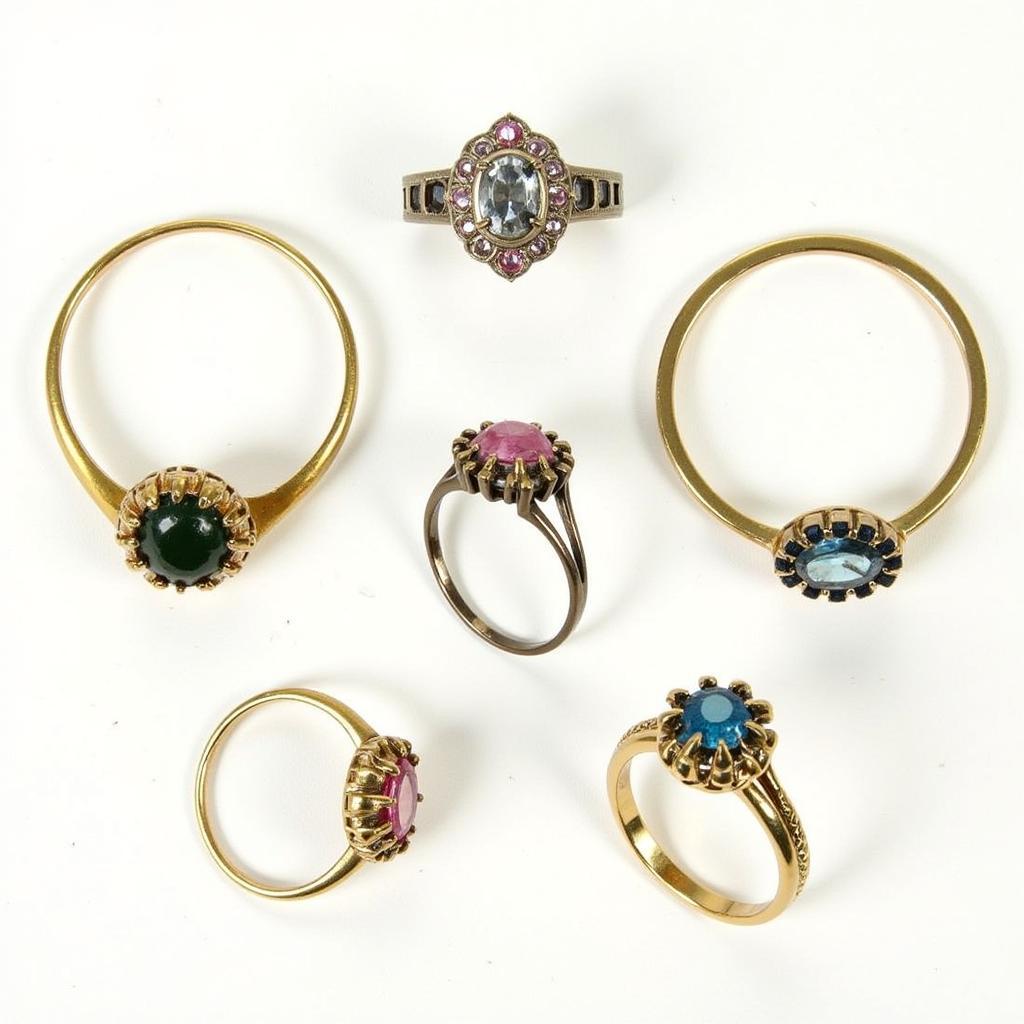Exploring the Vibrant World of Traditional Indian Art Paintings
Traditional Indian Art Paintings are a captivating tapestry of vibrant colors, intricate designs, and rich cultural narratives. From the ancient cave paintings of Ajanta and Ellora to the exquisite Mughal miniatures and the dynamic folk art of different regions, Indian art offers a diverse and visually stunning journey through time and tradition. This article delves into the captivating world of traditional Indian art paintings, exploring their history, styles, techniques, and significance.
A Legacy of Artistic Excellence
Indian art has a long and illustrious history, dating back thousands of years. The earliest forms of Indian art can be traced to the Indus Valley Civilization (3300-1300 BCE), where artifacts like seals and pottery showcase intricate motifs and geometric patterns. These early forms laid the foundation for the rich artistic traditions that would flourish in subsequent eras.
The Golden Age of Indian Art
The Gupta period (320-550 CE) is often regarded as the golden age of Indian art. During this time, a distinct style emerged, characterized by refined realism, graceful figures, and exquisite details. The frescoes at Ajanta Caves, depicting stories from Buddhist literature, are a testament to the artistic brilliance of this period. The murals at Ellora Caves, showcasing scenes from Hindu mythology, further exemplify the artistic prowess of ancient India.
Diverse Styles and Techniques
Indian art is a kaleidoscope of diverse styles and techniques, each with its unique characteristics and aesthetic appeal.
Mughal Miniatures: A Tale of Elegance and Detail
Mughal miniatures, developed during the Mughal Empire (16th-18th centuries), are renowned for their exquisite detail, vibrant colors, and delicate brushstrokes. They often depict scenes from Persian literature, royal portraits, and scenes of court life. The use of gold leaf, delicate floral patterns, and intricate designs adds a layer of opulence and grandeur to these miniature masterpieces.
Rajasthani Paintings: A Celebration of Color and Folklore
Rajasthani paintings, originating from the princely states of Rajasthan, are known for their vibrant colors, bold lines, and mythological themes. The paintings often feature deities, heroes, and scenes from Hindu epics, showcasing the rich folklore and mythology of the region. The use of bright hues, such as red, yellow, and green, adds a captivating energy to these works.
Madhubani Paintings: A Story of Rural Life and Rituals
Madhubani paintings, hailing from the Mithila region of Bihar, are characterized by their simple yet expressive style. The paintings are typically done on walls and floors using natural pigments and depict scenes from daily life, festivals, and religious rituals. The geometric patterns, floral motifs, and vibrant colors create a unique visual language that reflects the artistic traditions of the Mithila region.
A Glimpse into the Heart of India: Folk Art Paintings
Folk art paintings, found in various regions of India, offer a fascinating window into the everyday life, traditions, and beliefs of rural communities. The paintings often depict scenes from mythology, religious stories, and local events, showcasing the vibrant cultural heritage of these communities.
The Significance of Traditional Indian Art Paintings
Beyond their aesthetic appeal, traditional Indian art paintings hold immense cultural and historical significance. They offer a glimpse into the rich traditions, beliefs, and social customs of Indian society. These paintings serve as a valuable record of history, providing insights into the lives and stories of people from different eras and regions.
Preserving Cultural Heritage
Traditional Indian art paintings are a powerful tool for preserving cultural heritage. They showcase the unique artistic expressions, stories, and beliefs of different communities, helping to keep these traditions alive for future generations.
Inspiring Creativity
The vibrant colors, intricate designs, and captivating narratives of traditional Indian art paintings continue to inspire artists and art enthusiasts alike. They offer a source of inspiration for creativity and innovation, influencing modern art forms and expressions.
A Conversation with the Past: Understanding the Indian Identity
Traditional Indian art paintings provide a window into the cultural identity of India. They reflect the values, beliefs, and aspirations of the people, offering a glimpse into the rich tapestry of Indian culture and heritage.
Beyond the Canvas: Exploring the Legacy
“Indian art paintings offer a captivating journey into the rich history and cultural tapestry of India. Each stroke of the brush tells a story, revealing the essence of the people and their way of life. From the ancient cave paintings to the exquisite miniatures, these paintings are a testament to the artistic brilliance of India and continue to inspire artists and art enthusiasts worldwide.” – Dr. Amit Sharma, Art Historian and Professor, National Museum of India.
Conclusion
Traditional Indian art paintings are a vibrant testament to the enduring artistic spirit of India. They offer a captivating blend of history, culture, and artistic expression, showcasing the diverse traditions and vibrant heritage of the country. From the ancient cave paintings to the exquisite miniatures and folk art traditions, these paintings continue to enchant and inspire generations, reminding us of the beauty and complexity of Indian art.
FAQs
1. What are some of the most famous Indian art paintings?
Some of the most famous Indian art paintings include the Ajanta cave frescoes, the Ellora cave murals, the Mughal miniature paintings, and the Madhubani paintings.
2. What materials are used in traditional Indian art paintings?
Traditional Indian art paintings often use natural pigments derived from plants, minerals, and other natural sources.
3. What are some of the themes commonly depicted in traditional Indian art paintings?
Themes commonly depicted in traditional Indian art paintings include religious stories, mythology, royal portraits, scenes of daily life, festivals, and rituals.
4. Where can I find traditional Indian art paintings?
Traditional Indian art paintings can be found in museums, art galleries, and private collections around the world.
5. How can I learn more about traditional Indian art paintings?
You can learn more about traditional Indian art paintings by visiting museums, art galleries, and online resources dedicated to Indian art.
6. What are some of the famous Indian artists?
Famous Indian artists include Raja Ravi Varma, Abanindranath Tagore, Nandalal Bose, and Jamini Roy, among many others.
7. Can I buy traditional Indian art paintings?
Yes, you can buy traditional Indian art paintings from galleries, online marketplaces, and directly from artists.


